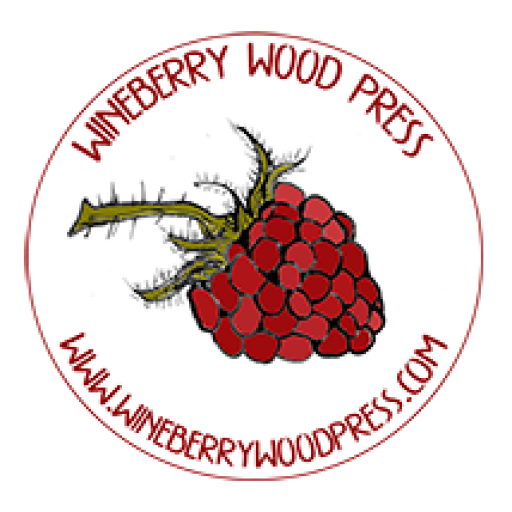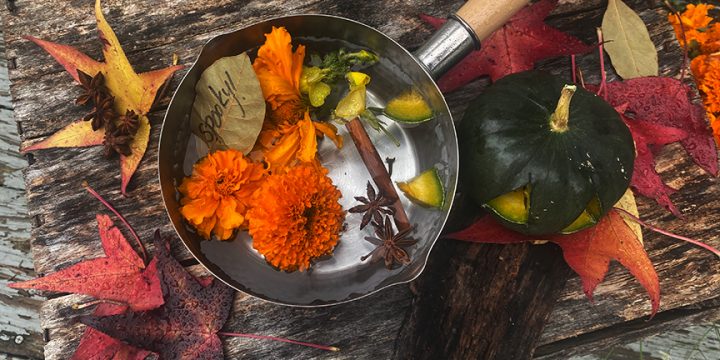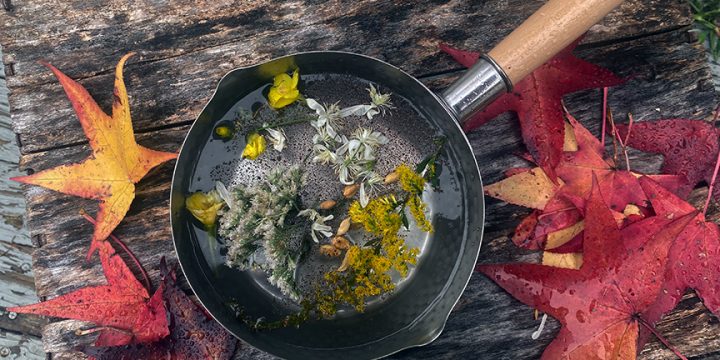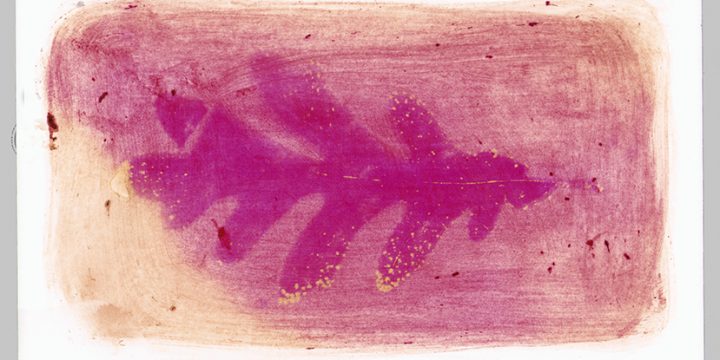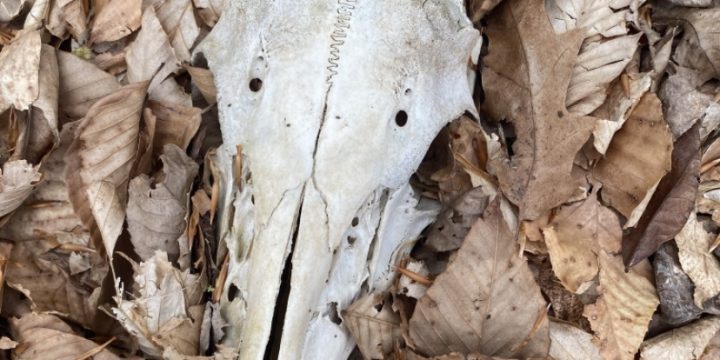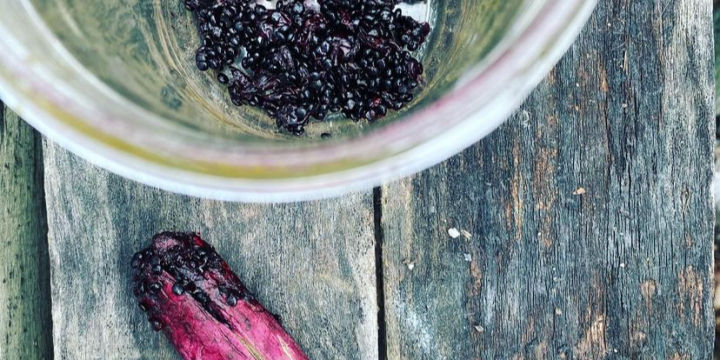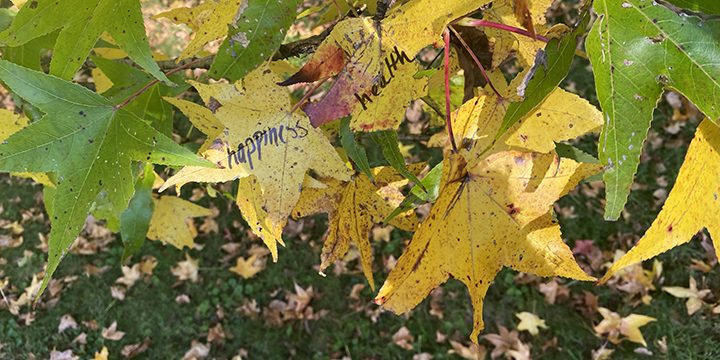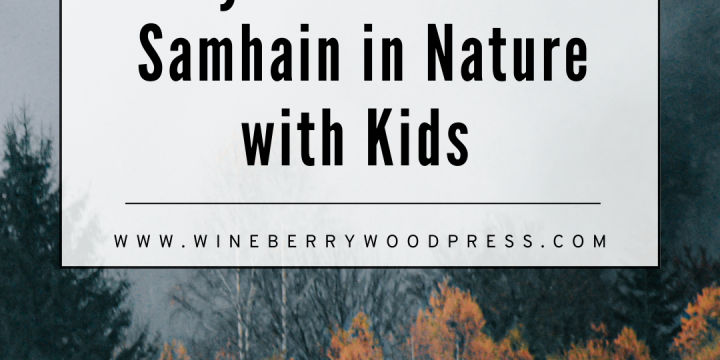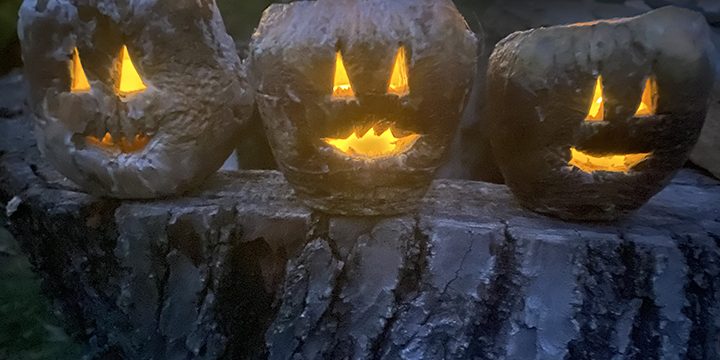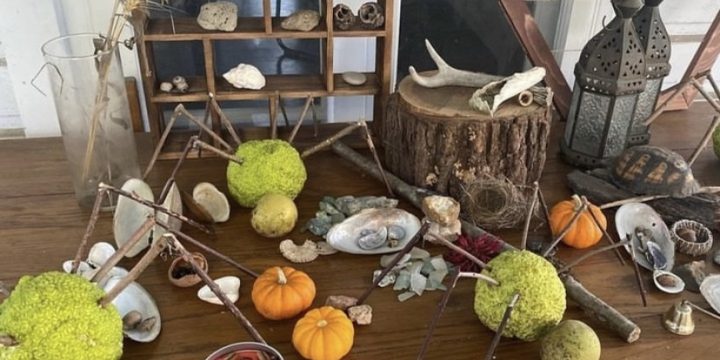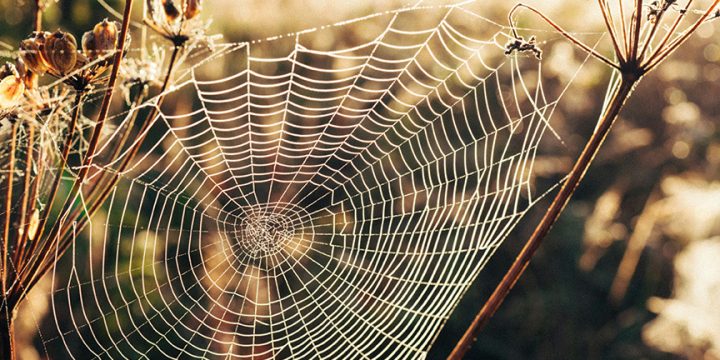
What is Samhain?
Samhain is a celebration halfway between the Autumn Equinox (the official start of fall) and the Winter Solstice (the official start of winter). It is observed on November 1st, although the technical astronomical midpoint varies slightly. It is what is known as a “cross quarter” day on the Wheel of the Year. These days are seasonal midpoints in between the “quarters” or solstices/ equinoxes. This celebration can be known as Halloween, All Souls Day, Dia de la Muertos or Samhain. It is the end of the harvest season and begins the darker half of the Wheel of the Year. It is the last harvest of any remaining food before the killing frost sets in, but it’s also the time to harvest seed for next year. For our ancestors this time…
